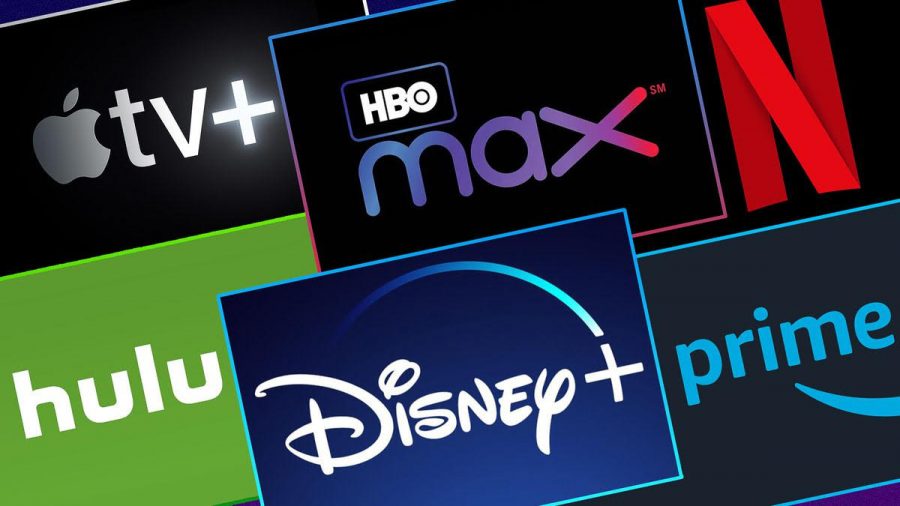COVID-19 and the Future of Movie Watching: From Theaters to Streaming
In November of 2019, I went to see Greta Gerwig’s adaptation of Little Women (2019) at my local theater back in Chicago, IL. If you don’t already know this cinematic masterpiece, the heartfelt story centers around a family of four sisters, following the travels and hardships they endure individually and together. On that snowy November night, I remember laughing. I remember crying. Honestly, I even remember sobbing. The movie theater has a unique way of transcending emotion to its audience members. There is something special about the big screen, the darkness of the room and the smell of fresh popcorn and chocolate in the air. If I had known that was the last time I’d be in a movie theater in over a full year, I most definitely would not have finished my overpriced bucket of buttery goodness before the movie actually started.
Since the beginning of the pandemic, the way we watch films has transformed globally. While some movie theaters still remain open for business, most are struggling to stay afloat. Why leave the comfort of your own home these days? We have become so used to our screens that there is simply no need to go to the theater. As someone that used to love heading to the theaters for a special treat, I can say that entering one is not on the top of my priority list right now. Streaming is the new, personal theater.
There are definitely some pros and cons to the way most people now choose to consume content individually. Devices are transportable and convenient to my own time and schedule. I have definitely enjoyed this part of it. I watch what I want, when I want. However, I am more easily distracted. A buzz on my phone and I’m taken out of my world of make-believe. I usually don’t have the attention span to watch a movie in full anymore; I often pause and continue the following day. I miss certain important connections or subtle hints because I just forget.
Movie watching has also become a bigger privilege than it ever was before. All these streaming sites are costly. Paying the monthly fee to be a subscriber of multiple platforms racks up. Netflix is $8.99/month. $5.99/month for Hulu. $6.99/month for Disney+. The list goes on. It is up to each user to decide if these prices are worth it. While these different companies allow for unlimited access to a variety of available content, the selection differs depending on which platform one chooses. There is a highly competitive nature to these streaming services. Each wants to have the best and most entertaining range of films and TV shows. The choice lies in the user to pick what is best for them.
Juniors Julia Sicklick and Ellie Pitkowsky weighed in on the topic.
“I think that movie theaters are a dying industry. There are so many streaming services that give blockbuster movies right to your TV, plus the prices of theaters are too expensive. You can get a movie theater experience from your home for ⅕ of the price,” Sicklick said.
Pitkowsky, however, had a different take.
“If the pandemic had not happened, I think that the movie theater industry would keep steadily declining. But, because of this whole situation I think so many people really miss parts of life like movie theaters, restaurants etc. and once things are safer, people will be eager to return to these activities, at least for a little while,” Pitkowsky said.
So the question lies: What does the future of movie watching look like? Will people return to theaters for a retreat into a majestic world? Or will we stay at home, under the ease of our own roofs? I know I’m certainly looking forward to the day where I can safely enter a theater again, escaping into my own little world.








